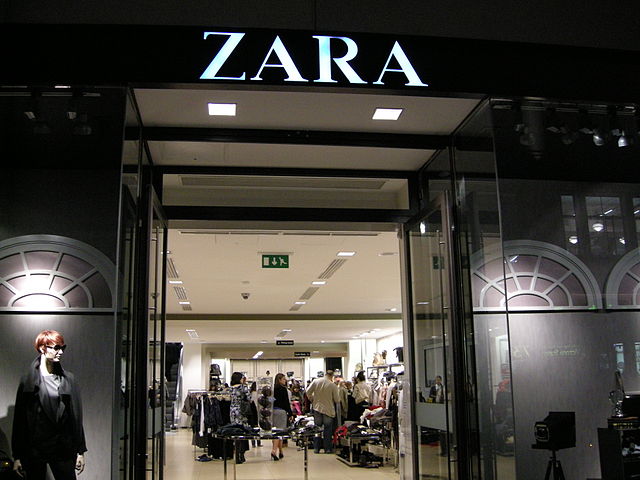Fast Fashion Retailing – Transforming Operations Management
This is one of our free-to-access content pieces. To gain access to all Ideas for Leaders content please Log In Here or if you are not already a Subscriber then Subscribe Here.

Since the early 2000s, Spanish retailer Zara (founded 1975) has taken the fashion industry by storm, with its ability to react to rapid changes in market conditions and keep its stock fresh and up-to-date, once claiming it needs only two weeks (as compared to up to six months traditionally needed by rivals) to produce and distribute new stock. According to this Idea, other retailers can achieve similar success by optimizing three key operation management decisions: design, sourcing and distribution.
The apparel industry (which includes clothing, footwear, accessories, etc.) is one of the world’s largest, due partly to the relatively low barriers to entry. According to Euromonitor International, there were more than 1,400 retail brands at the start of 2013. All of these brands are concerned about meeting growing demands and getting their collections out to stores quickly. According to Professors Felipe Caro and Victor Martínez-de-Albéniz (from UCLA Anderson School of Management and IESE Business School, respectively), the way forward is to adopt the new operations management frameworks pioneered by Zara and others.
Successful players in the clothing retail industry have learned to optimize three key operations decisions: design, sourcing and distribution. Such successful players include Zara, H&M and Topshop who have all become known as ‘fast fashion’ retailers, due to their approach of providing fashion almost on demand. Zara in particular (the flagship brand of the Spanish retail conglomerate Inditex) has received a lot of attention in recent years for its centralized distribution model.
In their paper, Caro and Martínez-de-Albéniz delve further into these three decisions, offering insight and advice such as:
For retailers to meet demand and stay ahead of their competitors, making sure that design, sourcing and distribution decisions are taken properly and quickly is crucial. New challenges include the management of dynamic collections and product introductions, managing store space, etc. Changing traditional practices to resolve these issues will require integrating new approaches to existing models and, according to Caro and Martínez-de-Albéniz, more complex dynamic optimization techniques.
Game theory models could also be used to understand strategic interactions between retailers. For example, while constantly changing collections may be beneficial to a retailer such as Zara if taken in isolation, this may trigger competition bringing with it the risk of product wars, in which all retailers launch many new products. This increases everyone's costs, but not necessarily their market share.

Ideas for Leaders is a free-to-access site. If you enjoy our content and find it valuable, please consider subscribing to our Developing Leaders Quarterly publication, this presents academic, business and consultant perspectives on leadership issues in a beautifully produced, small volume delivered to your desk four times a year.

For the less than the price of a coffee a week you can read over 650 summaries of research that cost universities over $1 billion to produce.
Use our Ideas to:
Speak to us on how else you can leverage this content to benefit your organization. info@ideasforleaders.com